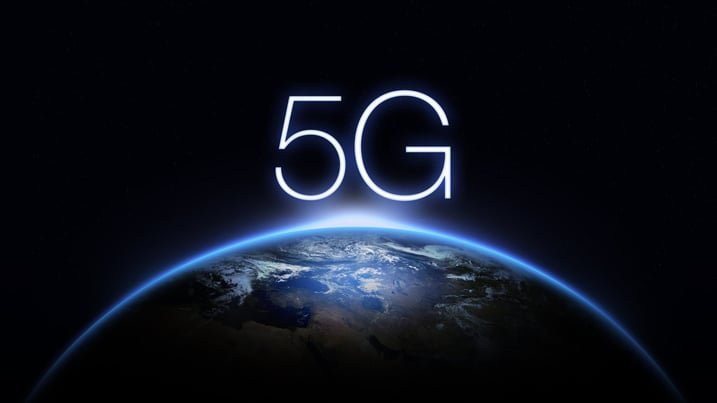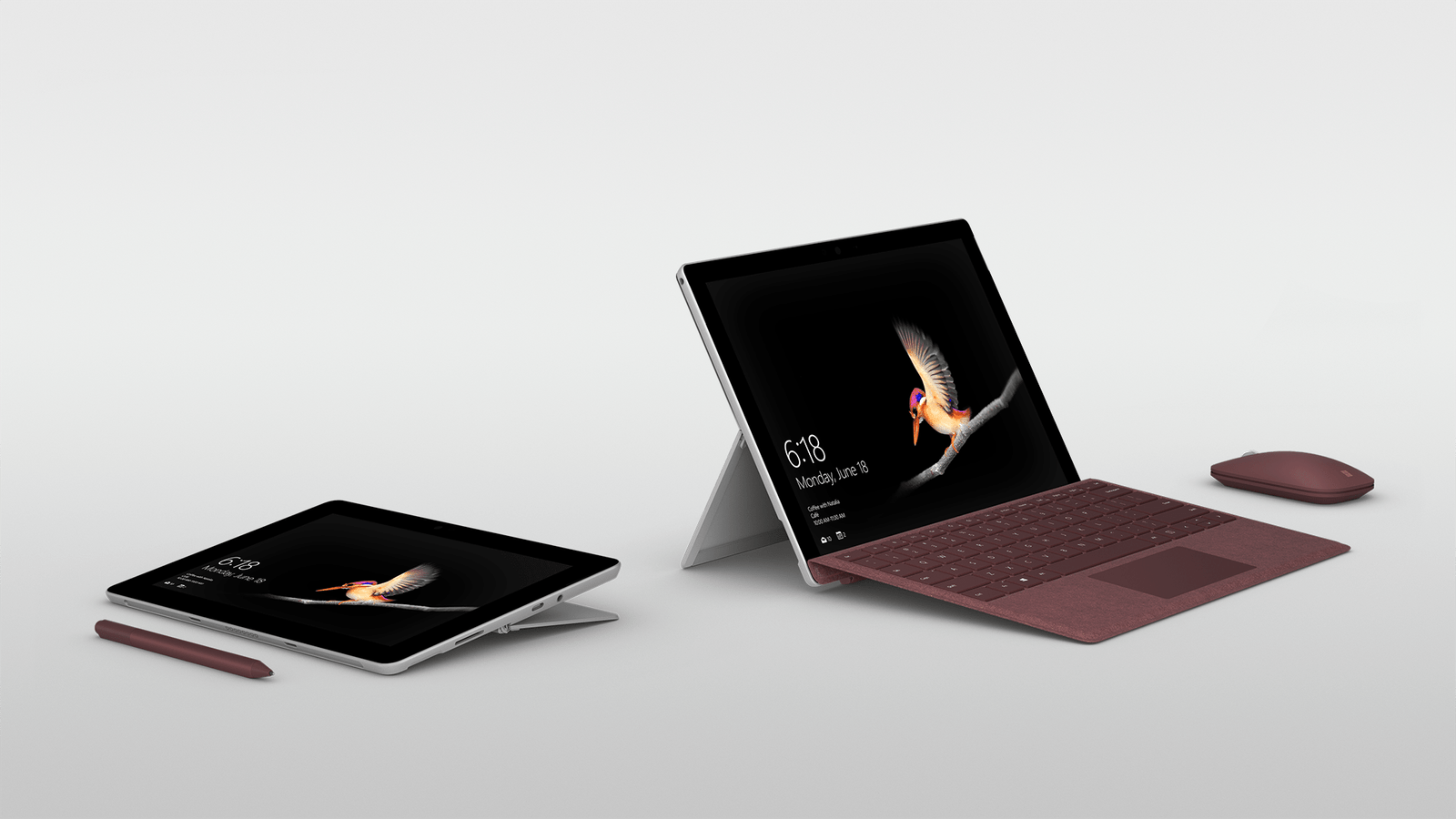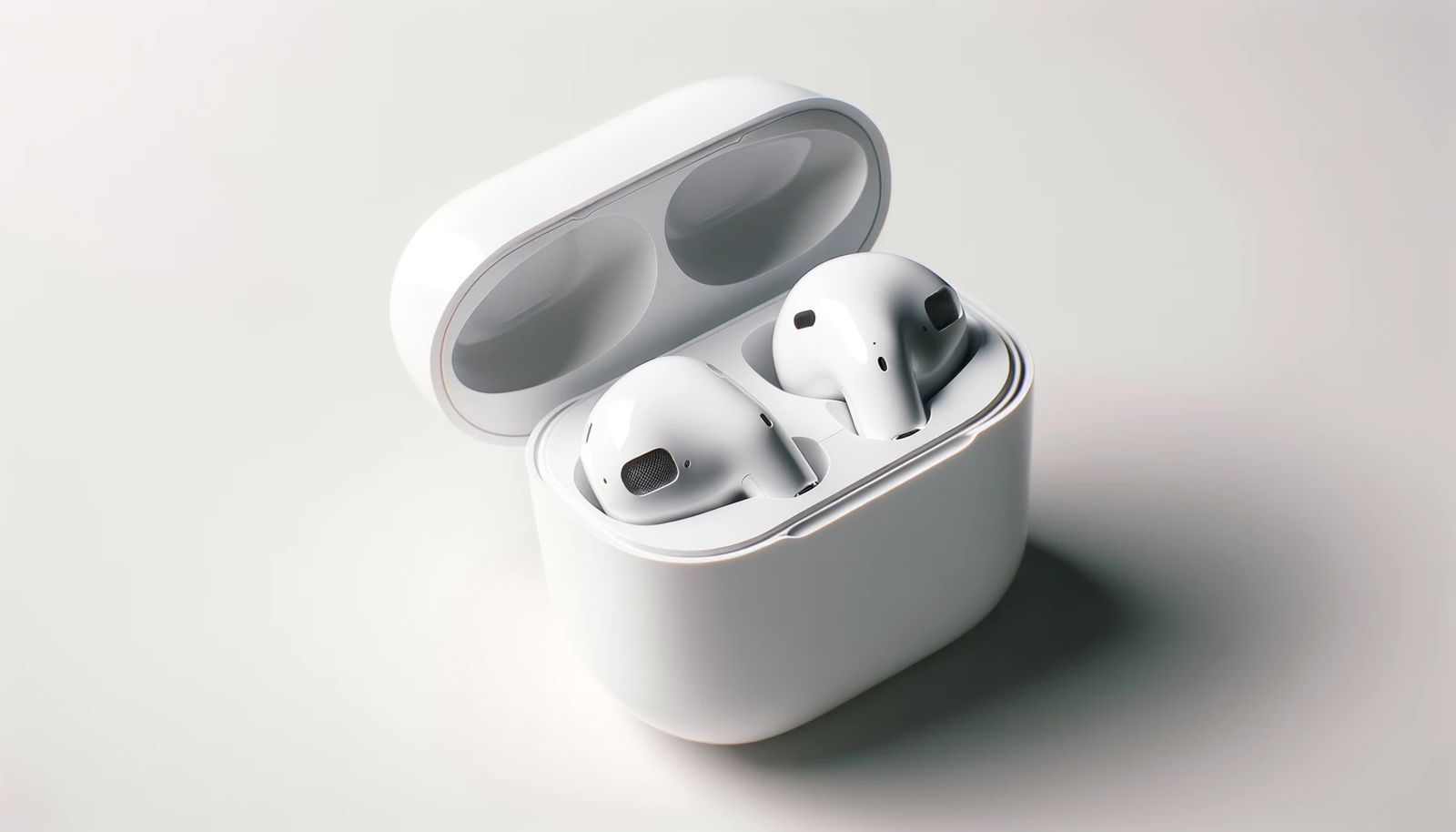Were you an early adopter of 5G technology? Have you been disappointed with the speeds promised by 5G providers? Are you wondering if it was really worth all the hype? We’ll take a look at what 5G technology has to offer and why it may not be living up to its promise.
Introduction
As someone who was overly excited about the potential of 5G technology, I’m deeply regretful to say that it has not been living up to the hype. The promises of faster speeds, improved coverage, and more affordable devices have all fallen flat. To make matters worse, there have been numerous reports of widespread complaints from 5G users citing slow speeds and poor to almost no availability in their area. It’s clear that the rollout of 5G is not going as smoothly as we’d hoped.
Unfortunately, it looks like the challenges surrounding 5G deployment are far from over. And while the future of 5G remains uncertain, one thing is for sure – its current state certainly doesn’t live up to the expectations set forth back when it was first announced.

What is 5G and What are the Promises?
5G is the next generation of wireless technology that promised to bring unparalleled download and upload speeds, low latency, and greater capacity than ever before. It was supposed to revolutionize the way we connect with each other and the world around us, but so far, it’s falling short. I remember
The promise of gigabit speeds, improved coverage and enhanced reliability has yet to be realized. As a result, many consumers feel let down and even frustrated with their 5G performance. T-Mobile is currently leading in the 5G rollout and has been able to pitch that they have the largest and fastest 5G network. 5G can deliver up to 20 Gigabits-per-second (Gbps) peak data rates with about 100+ Megabits-per-second (Mbps) average data rates. 5G has a significantly larger capacity than 4G and was designed to be a 100x increase in traffic capacity and efficiency. As of now, T-Mobile is leading with speeds of 62.7Mbps download and 17.9 Mbps upload. The highest 4G speeds have ever been achieved are topped out at 150Mbps download.
This doesn’t sound like next-generation wireless technology.

What Do the Reports Say?
As I read through the different reports, I couldn’t help but feel confused. It seems that 5G is not advancing to even close to what it should be. A survey of Chinese consumers found that 73.3% of the people polled said they felt there was no need for the public to invest in 5G technology. This is especially concerning considering all of the potential benefits 5G could offer for smart cities and businesses alike. The report also highlights some of the challenges of 5G deployment, such as cost and widespread availability, which could prove to be a major stumbling block for many years to come. Unfortunately, it seems that users are dealing with enormous fluctuations in 5G speeds and are not getting the most out of their 5G enabled devices. This trend seems to be happening accrose all 5G deployment globally.

What Are The Challenges Of 5G Deployment?
The challenges of 5G deployment are not to be taken lightly. From spectrum bands to cell sites, there are a number of different components that must be taken into consideration. Not only do these components require a significant amount of time and money to set up, but there is also the need for skilled labor and resources that can help maintain the infrastructure. Additionally, the millimeter-wave presents its own a unique set of difficulties when it comes to optimization and design as Verizon found in their struggle to roll out their 5G coverage. All of this adds up to one big problem: 5G is not ready to take over 4G.
It’s regretful that 5G is facing widespread complaints despite all the promises it had initially made. Reports have revealed that the speed of 5G networks is fluctuating drastically, making it difficult for users to get the most out of their 5G enabled devices. The skyrocketing costs of deployments are also a major concern, making it challenging to roll out 5G infrastructure in an effective manner. It’s also concerning that the infrastructure is being built without any agency or control over it, leaving us all with no options but to accept whatever comes our way.
The Impact of 5G on Smart Cities
Despite the promises that 5G technology held for smart cities, the reality is that these advances have not yet been realized. 5G offers higher speeds and more efficient communication infrastructure which could help a variety of smart city applications, such as intelligent traffic management and public safety technologies. Unfortunately, despite all of the hype, 5G has faced a number of challenges to its deployment, from technological issues to regulatory ones. The result is that many people are feeling let down by the failure of 5G to live up to its promises and are questioning whether the technology will ever be able to deliver on the potential it holds.
What Does The Future Hold For 5G?
The future of 5G is uncertain. Despite the promises of faster speeds and better connectivity, 5G has been plagued with a number of issues, from high costs to continued coverage problems. As more and more people become aware of these issues, the enthusiasm for 5G seems to be waning. Consumers are beginning to realize that they may not be getting the performance they were expecting from 5G, and businesses are questioning whether or not the technology is worth the investment.
It remains to be seen whether 5G will be able to deliver on its promises in the future, or if it will remain an expensive and unreliable technology.

How To Optimize Your Existing Network?
Optimizing an existing network is a complex and challenging task. Unfortunately, many of the promises of 5G have yet to be realized, and the implementation of 5G technology has been plagued with issues, from cost to reliability. As a result, many networks have not been able to take full advantage of the available 5G technologies. However, there are still steps that can be taken to optimize an existing network in order to ensure the best possible performance. These steps include ensuring adequate coverage and capacity, as well as deploying appropriate technologies such as beamforming and small cells. Despite the challenges faced in implementing 5G technology, it is possible to make use of existing networks to maximize their performance and benefit from 5G’s potential.
Are you even on 5G?
As someone who was excited by the promises of 5G technology, I am disappointed to find that it’s not living up to the hype. It’s true that 5G offers increased security and greater connection points but it also comes with a range of challenges from deployment issues to widespread complaints from users. It seems as though there are a lot of pros and cons associated with 5G technology, and it’s unclear whether the pros will outweigh the cons in the end. Many customers are now questioning if they are even on a 5G network due to the ever changing icons they experience on their devices. Each carrier has grown a customed to introducing new icons as the technology changes. Signaling to their competitors to do the same while confusing users.
Conclusion
It’s been a rollercoaster ride for 5G technology over the past few years. We were promised improved speed, latency, and coverage, but the reality has been far less than expected. Reports have shown that deployment has been slow and unreliable, with widespread complaints from users. Even though 5G technology in some areas is starting to live up to the hype in 2023, it’s still a far cry from what was promised when it was initially released. As we look to the future, it’s clear that more needs to be done if 5G is going to become a reliable technology for our smart devices. Until then, we must optimize our existing networks as best as possible.





